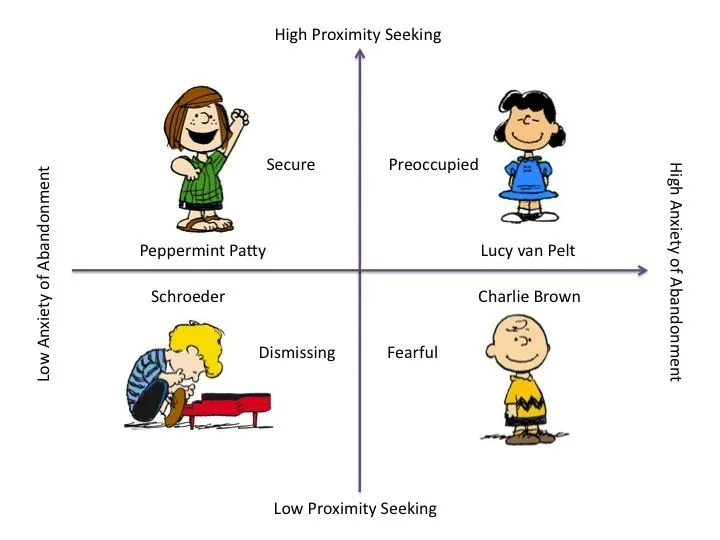Attachment theory, a psychological framework initially developed to understand parent-child relationships, has increasingly found its application in various domains, including the workplace and adult relationships. This theory sheds light on how our early experiences shape our attachment styles, which in turn influence our interactions and connections with others throughout our lives. In this blog post, we’ll delve into attachment theory and explore its relevance in both professional and personal relationships.
Understanding Attachment Theory
At the heart of attachment theory is the idea that early experiences with caregivers profoundly impact our emotional development and interpersonal relationships. Psychologist John Bowlby proposed that infants form attachment bonds with primary caregivers as a means of survival and security. These early relationships shape internal working models—mental representations of self and others—that influence our expectations and behaviours in future relationships.
Attachment Styles
Attachment theory categorizes attachment styles into four main types: secure, anxious-preoccupied, dismissive-avoidant, and fearful-avoidant. These styles reflect patterns of behaviour and responses to intimacy and closeness.
- Secure Attachment: Individuals with a secure attachment style tend to feel comfortable with both intimacy and independence. They trust their partners, communicate openly, and are adept at resolving conflicts constructively.
- Anxious-Preoccupied Attachment: People with this attachment style often seek excessive reassurance and fear abandonment. They may become overly dependent on their partners and experience high levels of anxiety in relationships.
- Dismissive-Avoidant Attachment: Individuals with dismissive-avoidant attachment tend to avoid intimacy and emotional vulnerability. They may prioritize independence and self-reliance, often suppressing their emotions and maintaining emotional distance from others.
- Fearful-Avoidant Attachment: This attachment style combines elements of anxious and avoidant behaviours. Individuals with fearful-avoidant attachment may desire closeness but also fear rejection and emotional pain, leading to ambivalent or contradictory relationship dynamics.
Attachment Theory in the Workplace
While attachment theory is often associated with romantic relationships, its principles can also be applied to professional settings. In the workplace, individuals with different attachment styles may exhibit distinct behaviours and communication patterns that impact team dynamics and organizational culture.
- Leadership Styles: Leaders with secure attachment styles are often more empathetic, supportive, and effective in fostering trust and collaboration among team members. On the other hand, leaders with anxious or avoidant attachment styles may struggle with managing interpersonal relationships and addressing conflicts constructively.
- Team Dynamics: Understanding attachment styles can help team members recognize and navigate interpersonal challenges more effectively. By fostering a culture of psychological safety and open communication, organizations can promote healthier working relationships and enhance employee well-being and productivity.
Attachment Theory in Personal Relationships
In romantic relationships, attachment styles play a crucial role in shaping dynamics, communication patterns, and relationship satisfaction.
- Compatibility: Individuals with compatible attachment styles often experience greater relationship satisfaction and intimacy. For example, a securely attached individual may provide stability and support to a partner with an anxious attachment style, helping them feel more secure and valued.
- Conflict Resolution: Couples with secure attachment styles are better equipped to manage conflicts constructively, whereas those with insecure attachment styles may struggle with communication and emotional regulation during disagreements.
Attachment theory offers valuable insights into the complexities of human relationships, whether in the workplace or personal life. By understanding our own attachment styles and those of others, we can cultivate healthier, more fulfilling connections built on trust, empathy, and mutual respect. Whether navigating professional collaborations or romantic partnerships, the principles of attachment theory provide a roadmap for fostering meaningful relationships and promoting emotional well-being.
OK Talk facilitates secure communication, aiding users in understanding attachment styles. Through quizzes and resources, users identify their styles, improving workplace dynamics and personal relationships. Additionally, virtual coaching and counselling services offer support, enhancing emotional well-being. Contact us at info@oktak.co.uk for more information.

